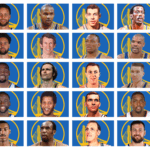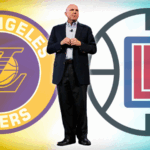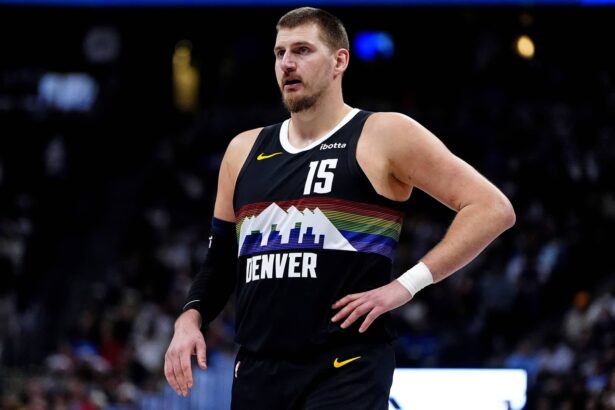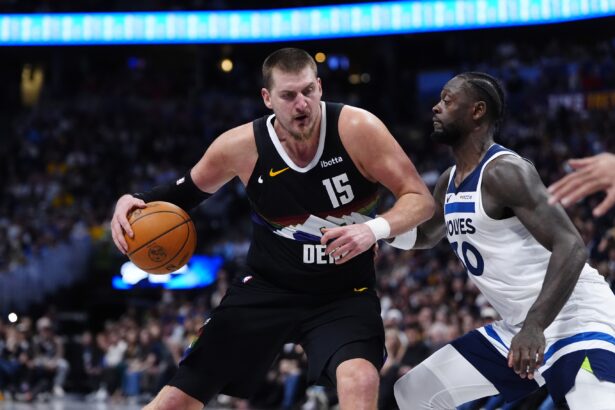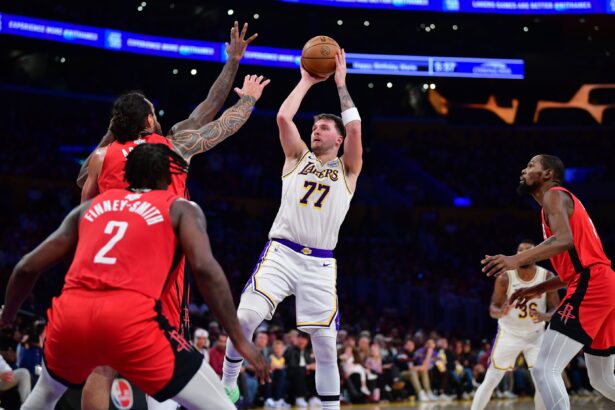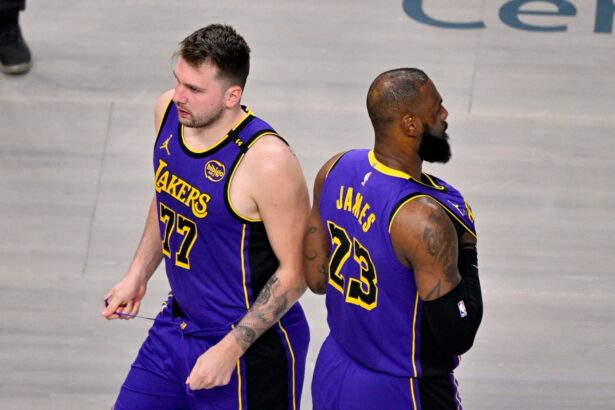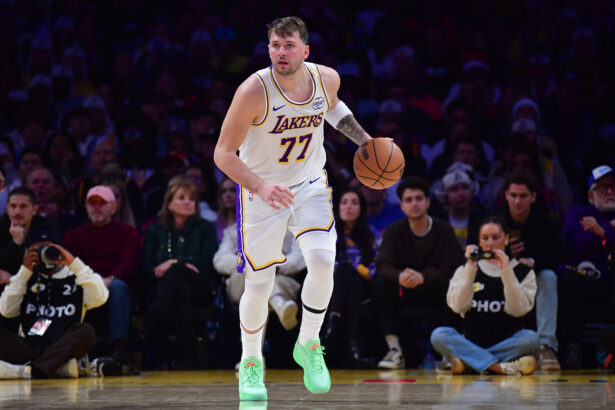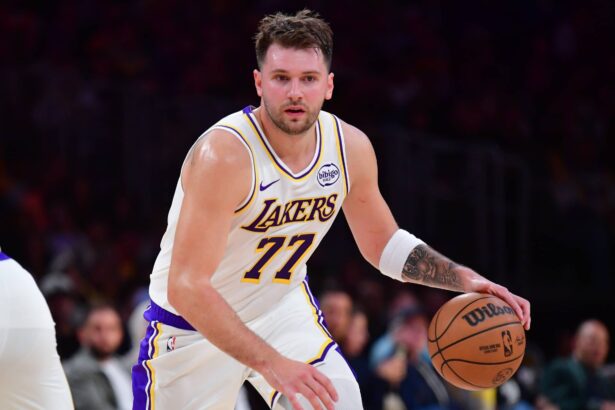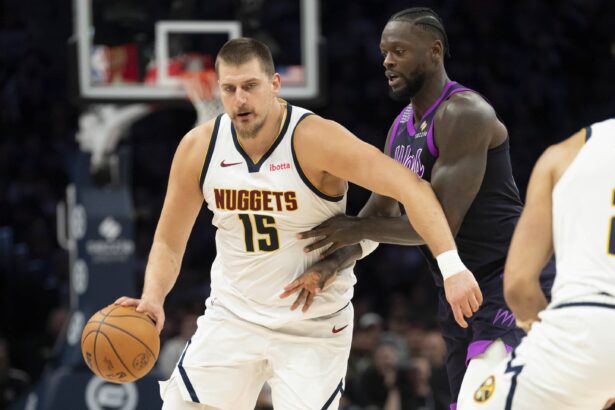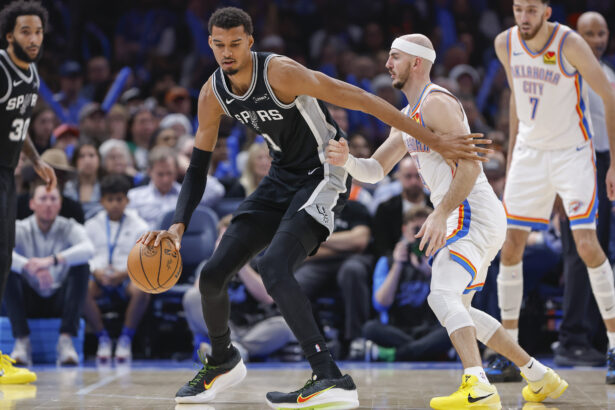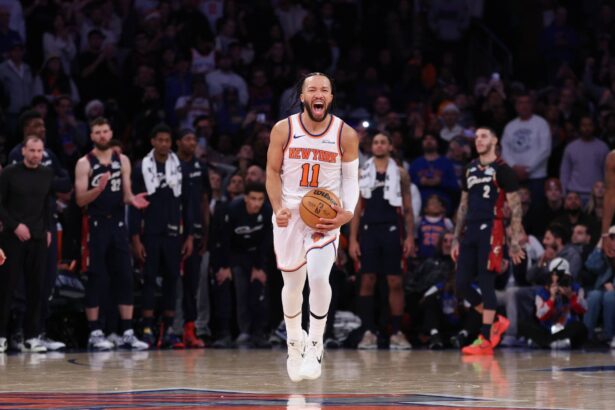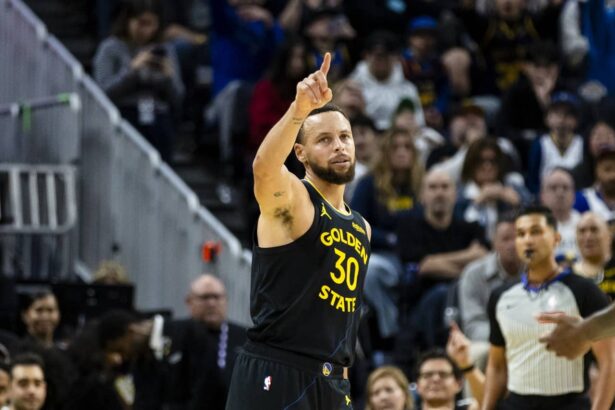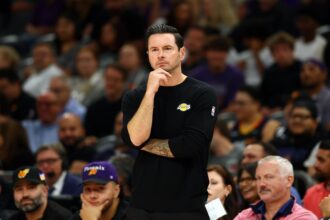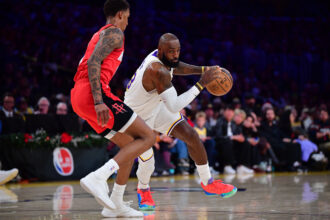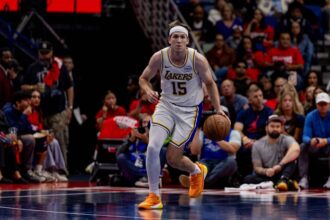- Ballmer credits skill and work ethic as foundations for success
- Early life criticism fueled Ballmer’s motivation to prove doubters wrong
- Fortuitous encounters, including meeting Gates, were pivotal in Ballmer’s career path
In a recent episode of “Podcast P with Paul George,” Steve Ballmer, the former CEO of Microsoft and the current owner of the NBA’s Los Angeles Clippers, shared insights into the elements that facilitated his rise to become a billionaire with a net worth pegged at $101.3 billion by Forbes.
https://www.instagram.com/p/reel:CxQxCl0Ra_3
Opening up on the first key to his monumental success, Ballmer acknowledged the role of innate skills, admitting, “I was blessed. I’m good with numbers and concepts.” This candid acknowledgment underscored the significance of inherent abilities in carving out a successful trajectory.
He further noted the importance of having a robust work ethic, a quality that was nurtured from his young days. Recounting his early school days, Ballmer reminisced, “I had teachers even in second grade giving me pats on the back because I was the hardest worker in school.”
However, it was not just sheer hard work and talent that set him on the path to success. Ballmer vividly recalled a challenging time in second grade when a teacher doubted his abilities, predicting a rough road ahead for him academically. Turning this negativity into a driving force, he remembered how he vowed to prove the teacher wrong, sharing, “I got my ass kicked early. I had a teacher in second grade say that I wasn’t very smart, I wasn’t good at math, and I’d struggle in the third grade.”
Despite his hard work and motivation, Ballmer emphasized that success wasn’t assured solely based on individual merits, acknowledging the role of luck in his journey. He stated, “You gotta get lucky. I hate it when people say, ‘Oh, I worked harder than everybody else, and I’m smarter than everybody else.’ You need a little luck.”
Ballmer’s “little luck” became evidently clear in his sophomore year at Harvard, where he met the future co-founder of Microsoft, Bill Gates. This fortuitous meeting set the stage for his later successful stint at Microsoft. Moreover, it was during this period he met Paul Allen, a connection that later influenced his decision to enter the NBA sphere by buying an NBA team, fulfilling Allen’s advice, and ultimately acquiring the Los Angeles Clippers in 2014 for an outstanding $2 billion.
Steve Ballmer Explains Buying The Clippers
Steve Ballmer, who has been at the helm of the Los Angeles Clippers for nearly a decade, recently shared the rationale behind his decision to acquire the franchise in 2014. This acquisition came in the wake of the notorious Donald Sterling scandal that shocked the NBA community, forcing the then-owner to sell the team amidst a maelstrom of controversy involving racist remarks.
In a candid conversation on “Podcast P with Paul George,” Ballmer recalled how his middle son, who was in college at the time, urged him to seize the opportunity that presented itself. The prompt from his son, coupled with Ballmer’s affection for Los Angeles and the perspective of enjoying the L.A. winter as opposed to the “rainy and gray” climate of Seattle, was pivotal in guiding his decision.
Having recently stepped down as the CEO of Microsoft, Ballmer was in a comfortable position to make such a substantial investment. The purchase, which reportedly cost him a whopping $2 billion, not only marked the beginning of a new chapter for the Clippers but also for Ballmer, transitioning from tech industry leadership to sports franchise ownership.
Steve Ballmer Admits To Overpaying For The Clippers
Los Angeles Clippers owner Steve Ballmer opened up about the financial details of his acquisition of the Clippers back in 2014, candidly admitting that he “probably paid 10% more, maybe, than I needed to” during the high-stakes bidding process that saw him take over the reins from previous owner Donald Sterling. Although Ballmer acknowledges that the $2 billion price tag — a record sum at the time — was a substantial overpay, he expressed no regrets over his assertive move to secure ownership of the team.
In the world of business and investments, a 10% overpay might raise eyebrows, but Ballmer’s financial might, coupled with his fervent desire to clinch the deal, made this extra expenditure a surmountable hurdle. Ballmer’s financial acumen and visionary leadership have been instrumental in steering the Clippers to new heights, doubling the franchise’s value to a staggering $3.9 billion since his acquisition, thereby vindicating his aggressive bidding strategy.
Ballmer’s tenure as owner has not just been about financial growth; it has seen the Clippers evolve into a formidable force in the NBA, showcasing a substantial growth trajectory under his stewardship. His hands-on approach and relentless pursuit of success have forged a Clippers era marked by financial robustness and sporting prowess, solidifying his decision to “overpay” as a well-calculated gamble that has indeed paid rich dividends.
We sincerely appreciate and respect you as a reader of our site. It would help us a lot if you follow us on Google News because of the latest update.
Thanks for following us. We really appreciate your support.




